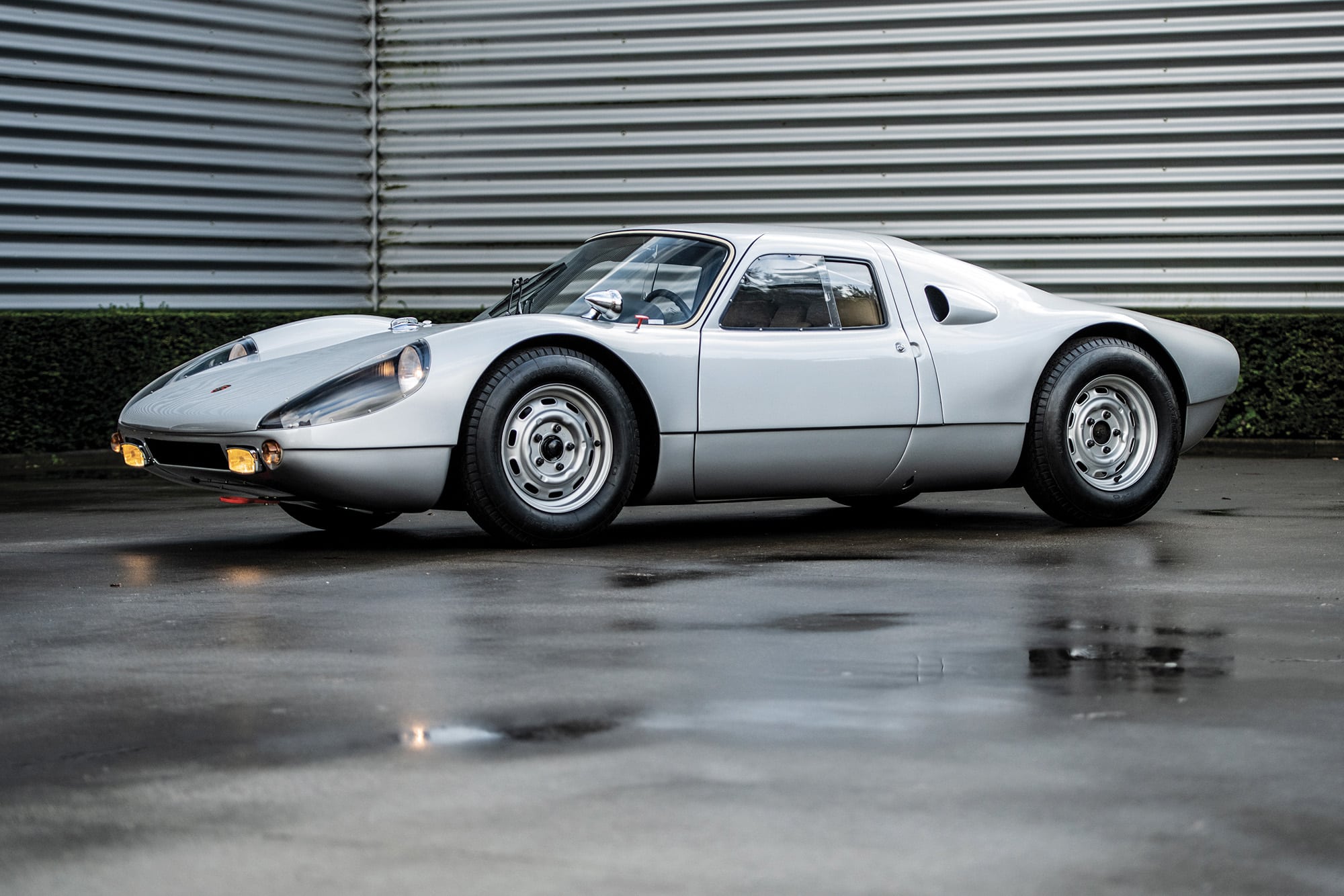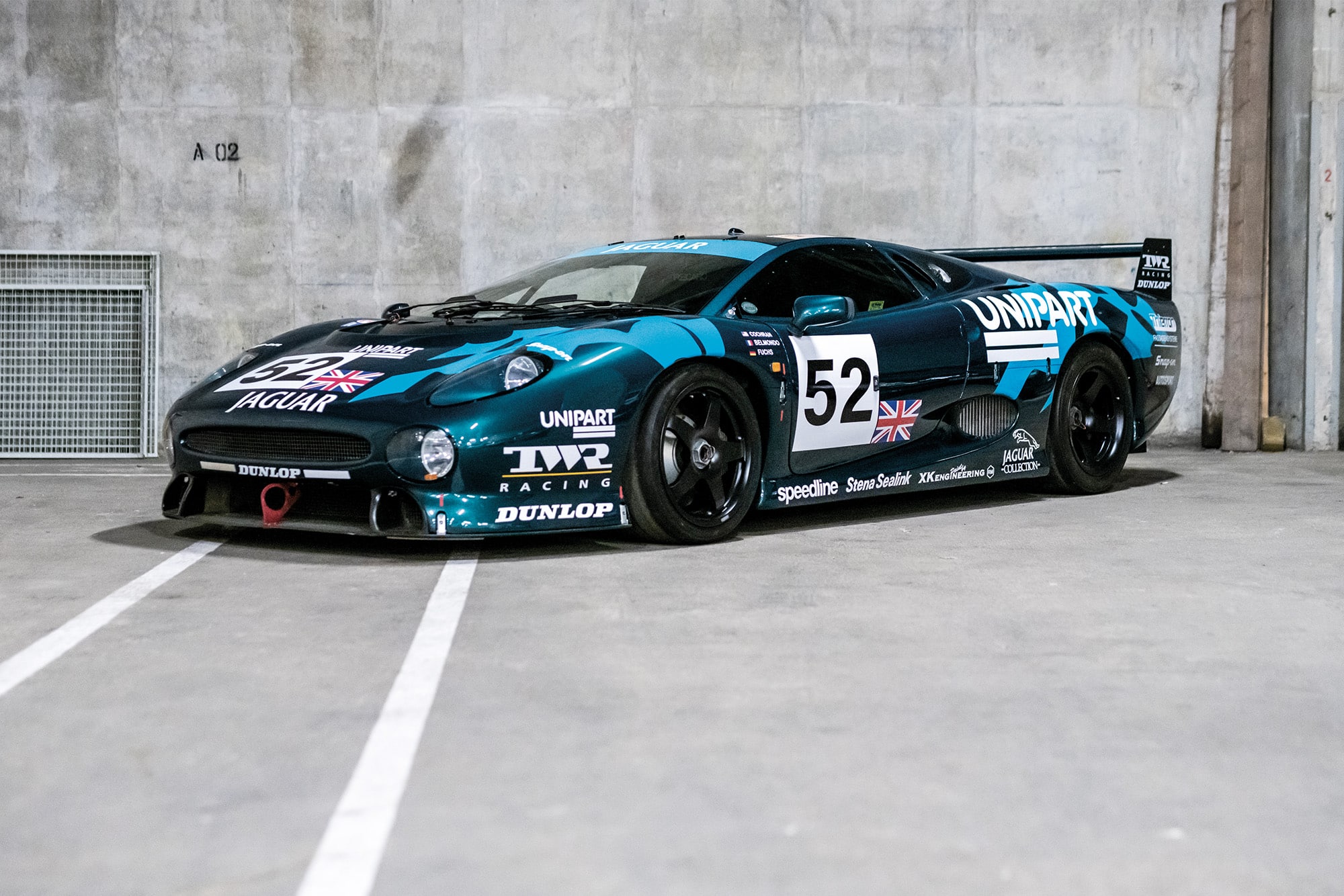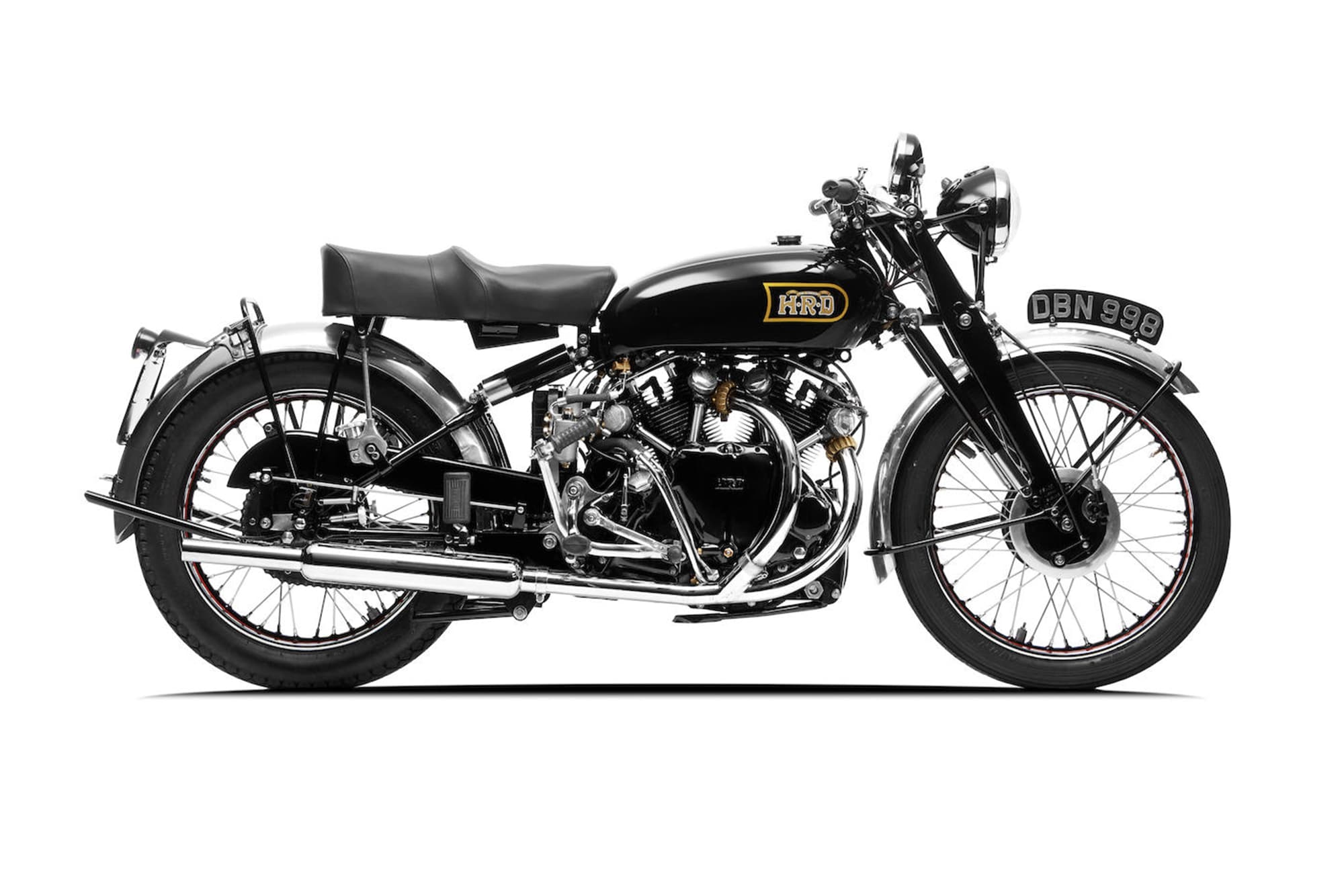Danger for the classic car market?
The government’s latest push puts question marks over classic car ownership
The Government’s recent proposal to ban the sale of new, combustion-engined cars by 2035 – or perhaps even sooner, by 2032 according to recent reports – has ignited a wide-ranging debate and been dubbed “a date without a plan” by the Society of Motor Manufacturers and Traders (SMMT) and has startled automakers who are a long way short of being fully-prepared to convert to manufacturing purely electric cars.
Without wishing to be pessimistic, I can’t help thinking that the proposal, if it’s implemented, could spell equally bad news for the classic car market. If, in 12 years time or so, even today’s remarkably efficient and relatively clean small-capacity petrol engines are considered too filthy to exist, where does that leave the owners of old gas guzzlers such as Jaguar’s XJS 5.3, classic Range Rovers and other such cars?
Anthony Godin, who is one of the few UK dealers to specialise in both classic cars and motorcycles, is considerably more optimistic about their futures.
“Apart from the fact that I don’t really believe the Government proposal could actually be implemented in that time frame, I can’t help thinking that the mere suggestion of it might actually stimulate the classic market,” he says.
“The idea of the phasing-out of the internal combustion engine could mean that people want to make the most of the chance to buy classics even more while they can.”

1964 Porsche 904 GTS. Sold for €1.9m, R.M. Sotheby’s
With little more than 100 904s built, even examples lacking an illustrious race history invariably make strong money. This one left the factory with red paintwork and the complex quad-cam, four cylinder engine typically used in the majority of examples – but it appeared at auction with a Type 906, six-cylinder unit fitted 20 years ago, at which time the car was also re-finished in silver. The original, fully rebuilt engine was included in the sale.

1967 Ford Mustang GT 390. Sold for €244,360, Artcurial
This rally-ready Mustang was first owned by the late rock star Johnny Hallyday who had a deal with Ford France that required Hallyday to buy this car and take part in several ’67 events. Hallyday then sold it and Artcurial picked it up in ’90 without knowledge of its history.

1993 Jaguar XJ220 C. Sold for €1.08m, Artcurial
This XJ220 was one of three cars developed by TWR in just eight months for the 1993 Le Mans 24 Hours. Chassis number three, it was assigned to Paul Belmondo, Jay Cochran and Andreas Fuchs and led the GT category until a tyre blowout resulted in a spin that caused a head gasket failure, putting it out of the race. The car returned to Le Mans in 1995 following year with Richard Piper, James Weaver and Tiff Needell, but again failed to finish. It subsequently became part of a Japanese collection.

1949 Vincent Black Shadow. Sold for £75,285, Bonhams
This was about as close as possible to a brand new Vincent Black Shadow. Sold by a Scottish lighthouse keeper in 1974 when in need of a rebuild, it was over 40 years and a further three owners before restoration began in 2016. Meiculously finished to 1949 Earls’ Court Show spec, the bike has since covered 96 miles.

1969 Mercedes-Benz Red Pig replica. Sold for €432,500, R.M. Sotheby’s
The Red Pig put tuning house AMG on the map. Built from a damaged 300 SEL and tweaked to produce 420bhp, it took first in class and second overall at the ’71 Spa 24 Hours – only to be destroyed in an aircraft testing programme. This replica was created from a ’69, 6.9-litre car and has covered a mere 500 miles since.
